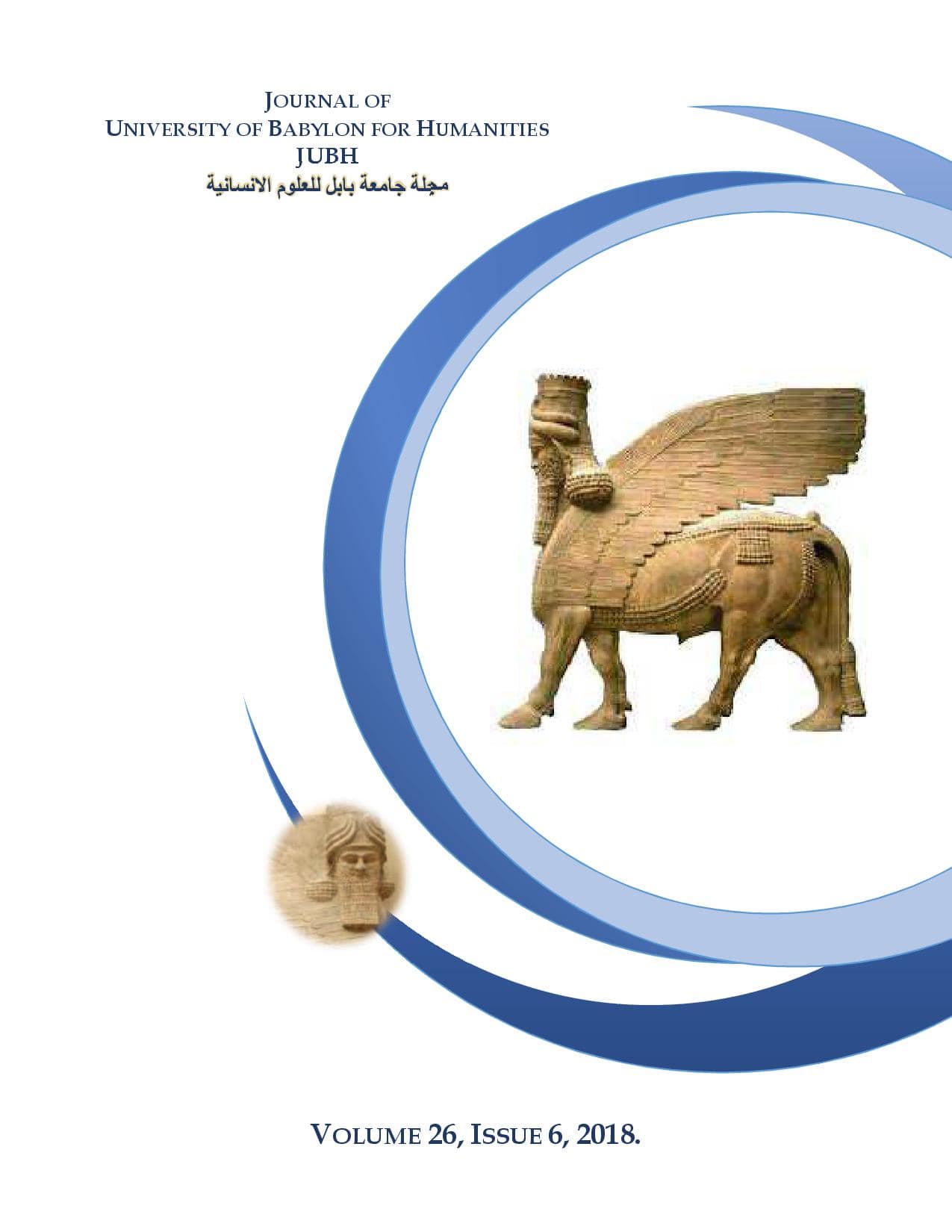Common Characteristics Between Children's Drawings & Primitive Drawings
Main Article Content
Abstract
This paper deals with the common characteristics of children's drawings and primitive drawings as they are the problem of this research.
The common characteristics are known as children's drawings and primitive drawings. The limits of the search are limited to drawings of the period from (2,5000-10000) A.M (Upper Stone era)
And drawings of children of the year (7-9) years.
The theoretical framework includes:
The first topic: What are the fees for children.
The second topic: the concept of primacy.
The third chapter contains research procedures from the research community, which is open to unlimited dimensions in terms of the number of drawings that are the original research community. The research sample chose the sample of the research selectively through the drawings in the original sources and references of the books, Sample represents the current research community.
After the researcher conducted the analysis of the samples came out a set of results and conclusions from them.
1 There are five main characteristics common to children's drawings and primitive drawings (distortion, transparency, repetition, use of perspective rules, configuration).
2 Some of the main characteristics include secondary characteristics such as distortion: this feature includes a lack of detail or a multitude of details.
The main conclusions are:
The characteristics shared by primitive drawings with children's drawings are the result of the psychological, physical and mental motivations and needs of both primitive man and child.

